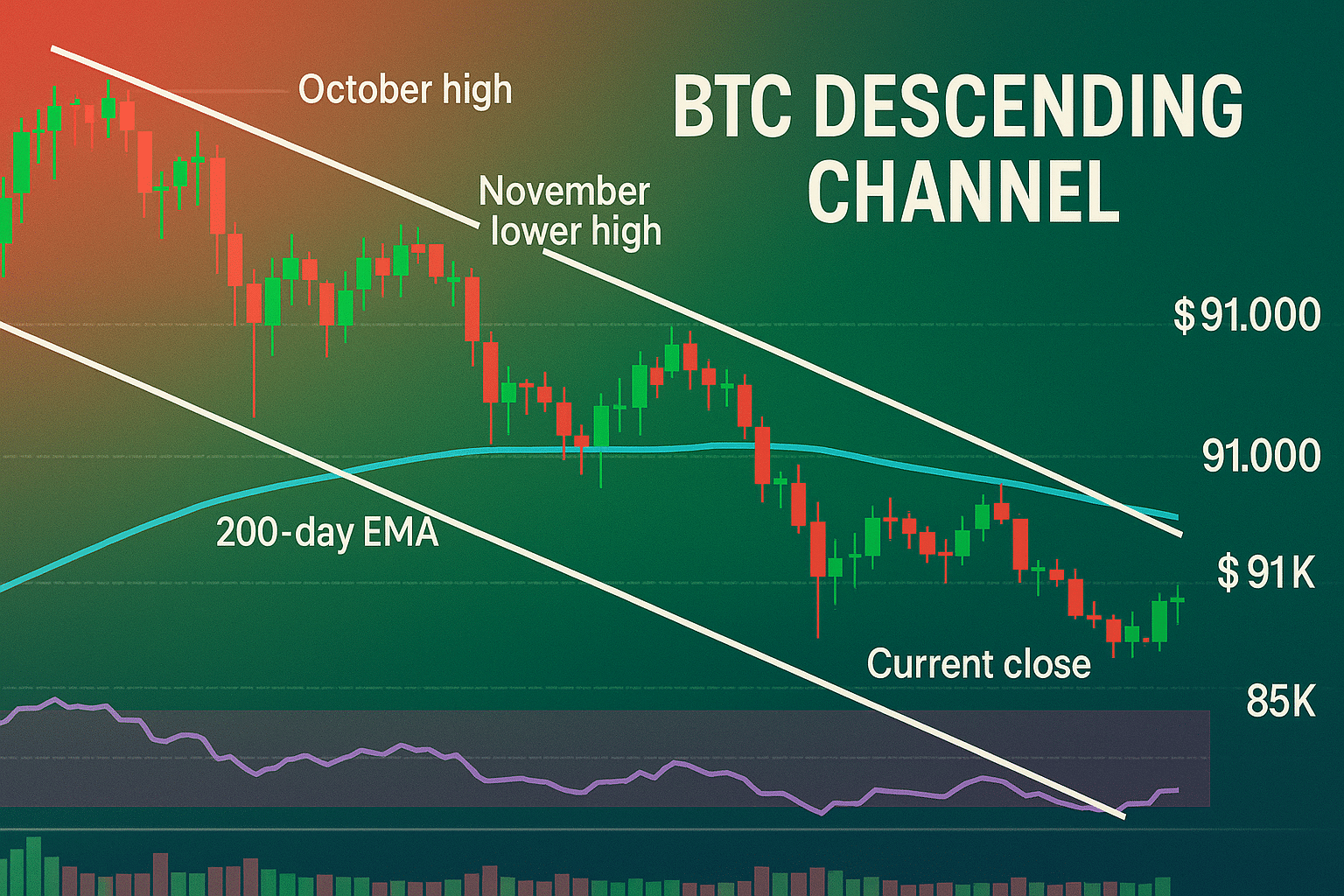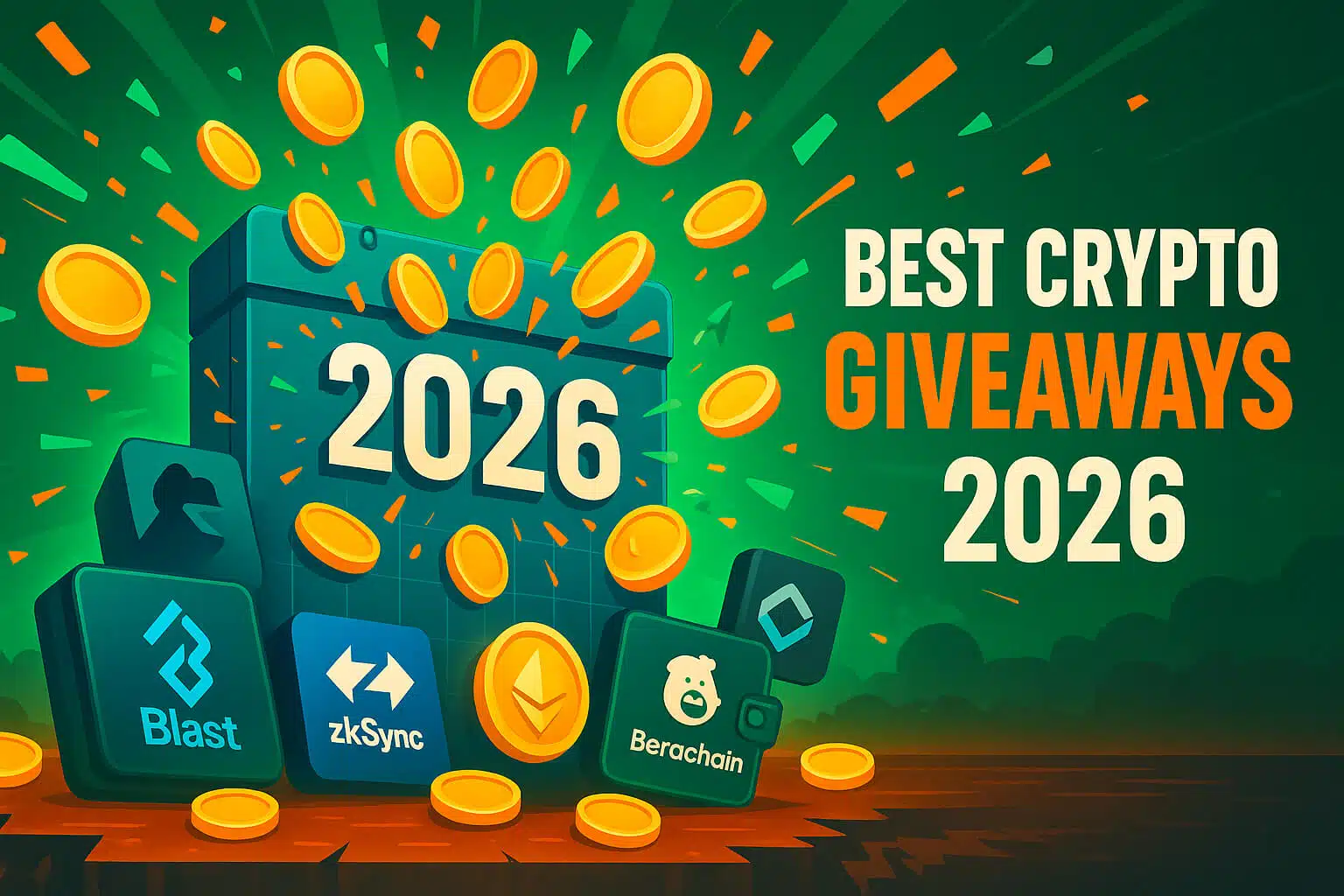1. Introduction: The Evolving Landscape of Media and Entertainment
The media and entertainment industry has always been at the forefront of technological innovation, constantly evolving to meet the demands of consumers. From the transition of physical media to digital content, to the rise of streaming platforms, the industry has undergone significant transformations over the years. However, with these advancements have come challenges, particularly in the areas of content distribution, intellectual property protection, and revenue generation. As digital piracy, copyright infringement, and opaque revenue models continue to plague the industry, blockchain technology offers a promising solution. By providing a decentralized and transparent platform for managing digital content, blockchain has the potential to revolutionize the media and entertainment industry, addressing some of its most pressing challenges.
Why Blockchain Matters for Media and Entertainment:
Blockchain can address key challenges in the media and entertainment industry by enhancing content distribution, protecting intellectual property, and enabling new revenue models.
2. Enhancing Content Distribution with Blockchain
2.1 Decentralized Content Distribution
One of the most significant ways blockchain impacts the media and entertainment industry is through decentralized content distribution. Traditional content distribution models often rely on intermediaries, such as streaming platforms or media companies, to distribute content to consumers. These intermediaries control the distribution process, often taking a significant portion of the revenue generated by content creators. Blockchain technology enables a decentralized distribution model where content creators can directly distribute their work to consumers, bypassing intermediaries. This decentralized approach allows creators to retain more control over their content and earn a larger share of the revenue.
- Key Benefits:
- Direct Distribution: Content creators can distribute their work directly to consumers without intermediaries.
- Increased Revenue Share: Creators retain a larger share of the revenue generated from their content.
- Greater Control: Blockchain provides creators with more control over the distribution and monetization of their content.
2.2 Tokenization of Content
Tokenization is another blockchain-enabled feature that enhances content distribution. By tokenizing digital content, such as music, videos, or art, creators can issue tokens representing ownership or access rights to their content. These tokens can be traded, sold, or transferred on blockchain platforms, providing new opportunities for content monetization. Tokenization also enables fractional ownership, where multiple individuals can own a share of a single piece of content, making it easier to invest in and support creative works.
- Key Benefits:
- Monetization Opportunities: Tokenization provides new ways to monetize digital content.
- Fractional Ownership: Multiple individuals can own a share of a single piece of content.
- Liquidity: Content tokens can be traded or sold on blockchain platforms, increasing liquidity for creators.
3. Protecting Intellectual Property with Blockchain
3.1 Immutable Digital Rights Management (DRM)
Intellectual property protection is a significant concern in the media and entertainment industry. With the rise of digital piracy and copyright infringement, content creators and rights holders often struggle to protect their work and ensure they receive fair compensation. Blockchain technology offers a solution through immutable digital rights management (DRM). By recording ownership and usage rights on an immutable blockchain ledger, blockchain ensures that intellectual property rights cannot be altered or tampered with. This provides creators with a secure way to manage and enforce their rights, reducing the risk of unauthorized use or distribution of their content.
- Key Benefits:
- Immutable Records: Blockchain provides an unchangeable record of intellectual property ownership and usage rights.
- Protection Against Infringement: Blockchain reduces the risk of unauthorized use or distribution of content.
- Fair Compensation: Creators receive fair compensation by securely managing and enforcing their rights.
3.2 Smart Contracts for Licensing and Royalties
Smart contracts, self-executing contracts with the terms of the agreement directly written into code, play a crucial role in protecting intellectual property on the blockchain. These contracts can automate the licensing and royalty distribution process, ensuring that creators are paid automatically whenever their content is used or purchased. Smart contracts also provide transparency, as all transactions and agreements are recorded on the blockchain, making it easy to track and verify payments.
- Key Benefits:
- Automated Payments: Smart contracts automate the licensing and royalty distribution process.
- Transparency: All transactions and agreements are recorded on the blockchain, ensuring transparency.
- Efficient Rights Management: Smart contracts simplify the process of managing and enforcing intellectual property rights.

4. Enabling New Revenue Models in Media and Entertainment
4.1 Microtransactions and Pay-Per-Use Models
Blockchain technology enables the implementation of microtransactions and pay-per-use models in the media and entertainment industry. Traditional payment systems often struggle to handle small transactions due to high processing fees. However, blockchain’s low transaction costs make microtransactions viable, allowing consumers to pay for individual pieces of content, such as a single article, song, or video. This flexibility provides consumers with more choices and enables creators to monetize their work in new ways.
- Key Benefits:
- Viable Microtransactions: Blockchain’s low transaction costs make microtransactions feasible.
- Flexible Payment Models: Consumers can pay for individual pieces of content, providing more choices.
- New Monetization Opportunities: Creators can monetize their work through microtransactions and pay-per-use models.
4.2 Crowdfunding and Fan Engagement
Blockchain also supports new revenue models through crowdfunding and fan engagement platforms. Creators can use blockchain-based platforms to raise funds directly from their audience, bypassing traditional funding sources such as record labels or production studios. These platforms often issue tokens that represent ownership or access rights to the content, allowing fans to invest in and support their favorite creators. Additionally, blockchain enables more transparent and direct communication between creators and their audience, fostering stronger fan engagement.
- Key Benefits:
- Direct Funding: Creators can raise funds directly from their audience through blockchain-based platforms.
- Fan Investment: Fans can invest in and support their favorite creators by purchasing tokens.
- Enhanced Engagement: Blockchain enables transparent and direct communication between creators and fans.
5. Challenges and Considerations with Blockchain in Media and Entertainment
5.1 Adoption and Integration
While blockchain offers significant benefits to the media and entertainment industry, its adoption and integration are not without challenges. Many industry players are still hesitant to adopt blockchain technology due to concerns about its complexity, scalability, and regulatory uncertainties. Additionally, integrating blockchain with existing systems and platforms may require significant technical expertise and resources.
- Key Challenges:
- Complexity: Blockchain technology is complex and may be difficult for some industry players to understand and adopt.
- Scalability: As blockchain networks grow, scalability can become an issue, particularly for large-scale media applications.
- : The regulatory landscape for blockchain is still evolving, creating uncertainties for its adoption.
5.2 Piracy and Content Security
While blockchain can help protect intellectual property, it is not a panacea for all content security issues. Digital piracy remains a significant challenge in the media and entertainment industry, and while blockchain can help track and enforce ownership rights, it cannot completely prevent unauthorized copying or distribution of digital content. Therefore, additional security measures may still be required to fully protect content in the digital age.
- Key Challenges:
- Piracy: Digital piracy remains a challenge, even with blockchain-based protection.
- Additional Security Measures: Blockchain alone may not be enough to fully protect digital content.
- Evolving Threats: The media and entertainment industry must stay vigilant against evolving threats to content security.
6. The Future of Blockchain in Media and Entertainment
6.1 Broader Adoption and Industry Support
As awareness of blockchain’s potential grows, we can expect to see broader adoption across the media and entertainment industry. Major companies are already exploring blockchain for content distribution, rights management, and new revenue models, and this trend is likely to continue. As more players enter the blockchain space, we can expect to see the development of industry standards, best practices, and regulatory frameworks that will drive further adoption.
- Key Trends:
- Industry Collaboration: Partnerships between media companies, technology providers, and blockchain platforms will drive adoption.
- Standardization: Development of industry standards and best practices will facilitate the integration of blockchain.
- Global Adoption: Blockchain’s role in media and entertainment will expand as adoption spreads across the industry.
6.2 Integration with Emerging Technologies
The future of blockchain in media and entertainment will also involve integration with other emerging technologies, such as artificial intelligence (AI), virtual reality (VR), and the Internet of Things (IoT). These technologies can enhance the capabilities of blockchain, offering new ways to create, distribute, and monetize content. For example, AI can be used to personalize content recommendations, while blockchain ensures the security and ownership of the data used by AI algorithms.
- Key Trends:
- AI Integration: AI can enhance blockchain’s ability to personalize content and improve user experiences.
- VR and Blockchain: Blockchain can secure and monetize VR content, offering new ways to engage audiences.
- IoT in Media: Blockchain can enhance the security and efficiency of IoT devices used in media production and distribution.
Conclusion: Blockchain as a Catalyst for Change in Media and Entertainment
Blockchain technology has the potential to revolutionize the media and entertainment industry by enhancing content distribution, protecting intellectual property, and enabling new revenue models. While challenges such as adoption, integration, and content security remain, the benefits of blockchain are too significant to ignore. As the technology continues to evolve and gain traction, blockchain will play an increasingly important role in shaping the future of media and entertainment, offering a more secure, transparent, and equitable landscape for creators and consumers alike.
For more insights and detailed analysis on how blockchain is transforming media and entertainment, explore our Blockchain Technology Guides section.
Stay Updated
For the latest updates on blockchain’s impact on media and entertainment, follow us on:
Stay informed with the latest strategies and insights in the world of blockchain at FreeCoins24.io.
Special Offer
Looking to explore blockchain solutions for media and entertainment? Sign up on Bybit today and take advantage of up to $30,000 in deposit bonuses. Start securing and monetizing your digital content with blockchain technology.

















